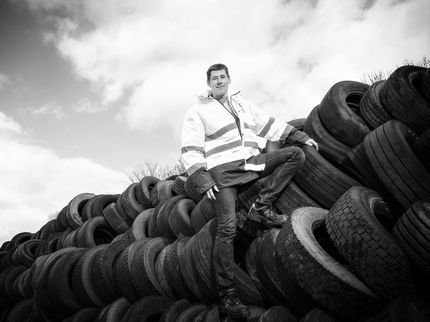Matching the expertise of perfumers to create new scents
From jasmine to sandalwood, the alluring scents of the most luxurious perfumes might seem more art than science, but a new way to analyze them breaks from the tradition of relying only on experts' sense of smell to blend fragrances. Scientists report that they have developed a model that can help perfumers predict how various combinations of chemicals will smell. The study appears in the ACS journal Industrial & Engineering Chemistry Research.
Miguel A. Teixeira and colleagues from LSRE laboratory in Portugal explain that the design of new fragrances for the perfume industry still relies on a trial-and-error process, which requires time and some raw materials that are in short supply. And although expert perfumers have famously well-trained noses, they are still affected by biases, such as personal experience and social habits. Sometimes they disagree on the nuances of a given fragrance, which can be complex, depending on the number of ingredients and how they interact with each other. Teixeira's team wanted to see if they could quantify what the nose knows and use science to bolster the art of the fragrance industry.
They developed and validated a model called the Perfumery Radar 2.0, an updated version of a previous model they created. They used it to classify perfumes into families, such as floral, citrus or musk, but also to identify their nuances, such as spicy or sweet, fresh or warm. When compared to how perfumers categorized the fragrances tested, their "radar" closely matched how the experts described them, without subjective biases. The researchers say that it will be a "valuable tool for the pre-formulation stages of fragrance design and classification, thus helping perfumers" create new scents.
Most read news
Other news from the department science

Get the chemical industry in your inbox
From now on, don't miss a thing: Our newsletter for the chemical industry, analytics, lab technology and process engineering brings you up to date every Tuesday and Thursday. The latest industry news, product highlights and innovations - compact and easy to understand in your inbox. Researched by us so you don't have to.


























































